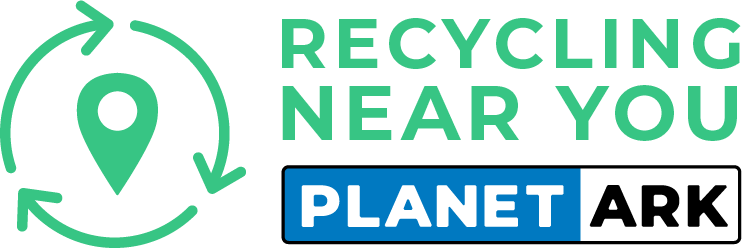Everything you need to know about recycling office paper
Recycling Office Paper includes:
Paper sheets
Recycled office paper
Papers
FIND A RECYCLER
Learn more about recycling office paper
How to recycle office paper
Most councils in Australia offer their residents kerbside recycling services that collect paper for recycling. Check directly with your council if you are unsure.
There are a number of companies that will collect office paper for recycling around the country. Some companies will also safely remove and recycle confidential materials.
Follow these recycling tips for paper:
-
Make sure paper is clean and dry before putting it in the recycling bin
-
Keep the paper flat or fold it to make it as easy as possible for the recyclers
-
Do not scrunch the paper into balls
-
Do not shred the paper
- By keeping the paper flat, it will make sure the paper moves through the sorting process at the recycling facility without issue
Why recycle?
Paper that is sent to landfill creates the potent greenhouse gas, methane, which contributes to global warming. Paper can be recycled and used to remanufacture paper products, saving trees and reducing water and energy use.
Paper can be recycled many times (between four and eight times before the fibres become too short to use again). Most cardboard is actually produced from recycled paper.
When paper and cardboard is sent to landfill rather than recycled, it creates methane as it breaks down. Methane is a greenhouse gas that is more potent than carbon dioxide and a major contributor to global warming.
Recycling paper and cardboard provides businesses with access to recycled materials, so they don’t have to cut down trees to make their products. According to Sustainability Victoria, manufacturing recycled paper can use up to 90% less water and 50% less energy than making it from trees.
What happens to it?
Recycling paper begins by breaking down the product, chemically or mechanically, to free the fibres and create pulp. The pulp is re-manufactured into paper products in a similar way to first production paper. The waste products left over from the recycling process (ink, short fibres and plastics) are either sent to landfill, burnt for energy or used as fertiliser.
Paper can be recycled into many things including office paper, packaging, toilet paper, egg cartons, soundproofing, furniture and cardboard. Paper can be recycled up to eight times and then it is turned into organic waste and breaks down.
Can shredded paper be recycled?
No, shredded paper should not be put in recycling bins. Paper that has been shredded is too small to be sorted correctly at the recycling facility where it falls through the machinery and could contaminate other materials like plastic. Shredded paper should be put in your garbage bin.
If you have a composting service for organics, you may be able to add the shredded paper to the compost. Check directly with your service provider.
Using recycled paper
Purchasing recycled paper for your home office or workplace is a great way to help the planet. It supports the recycling industry by closing the recycling loops and keeps paper and cardboard out of landfill.
Using recycled paper saves trees. According to Sustainability Victoria, using 100 reams of recycled office paper (printed doubled-sided) instead of virgin paper or paper that hasn’t been printed on double-sided will save:
- Two trees
- More than one tonne of greenhouse gas
- Almost a cubic metre of landfill space
Frequently Asked Questions
How is paper recycled?
Paper is one of the most recycled materials in the world. Most types of paper are recyclable, provided the right recycling infrastructure is in place. If you have a recycling bin at home, paper and cardboard items that are generally accepted include packaging such as cereal boxes, cardboard boxes, pieces of paper, phone books, magazines and newspapers.
Once paper is collected, it is sent to a Materials Recovery Facility (MRF) where it is separated from other recyclables and sorted into bales. The paper bales are then sent on to paper re-processors and recycled into new materials to be manufactured into products such as paper towel.
If the paper was kept in a separate bin from other recyclables, it may be taken directly to a paper recycling facility.
The first step in the paper recycling process is pulping, where the paper is mixed with water at high speed to break up the paper fibres. Any unwanted materials such as staples, plastic, glass and string are removed from the pulp via screening and filtering machines. The next step is de-inking, where the pulp is heated and treated to remove any ink. Finally, the clean pulp is ready to be turned into new paper – in this step, the pulp is diluted with water and mixed with paper-making chemicals and then pressed and dried into sheets.
Many products can be made from recycled paper, including office paper, toilet rolls and cardboard boxes.
How many times can paper be recycled?
Paper is not infinitely recyclable (meaning it cannot be recycled over and over again without loss to its quality; it can only be recycled a number of times). With each round of recycling, the paper fibres shorten which reduces paper quality. Most paper can be recycled between four to eight times before the fibres become too short to be used in new products.
Using recycled paper instead of paper made from new materials places less demand on natural resources (such as trees) and requires less water and energy to produce. Therefore, it is important to recycle your paper products and also buy paper products made from recycled paper.









